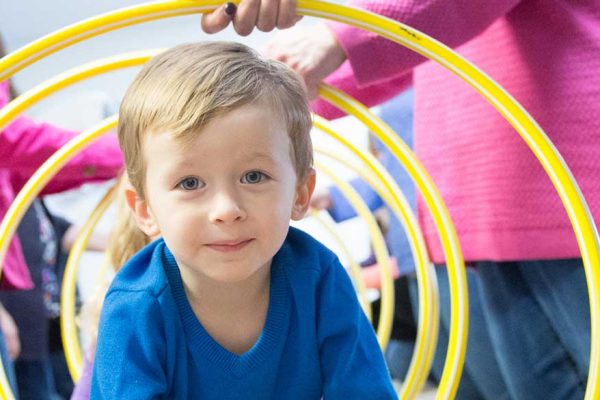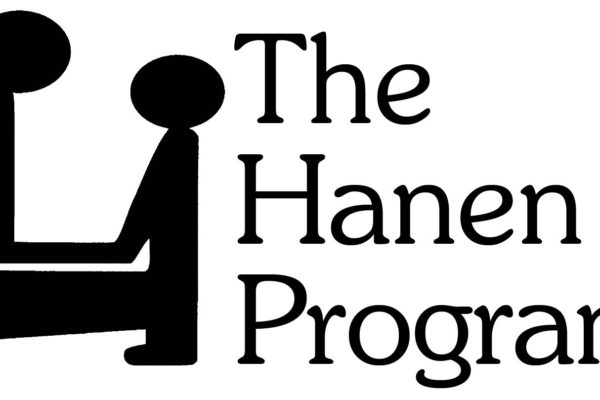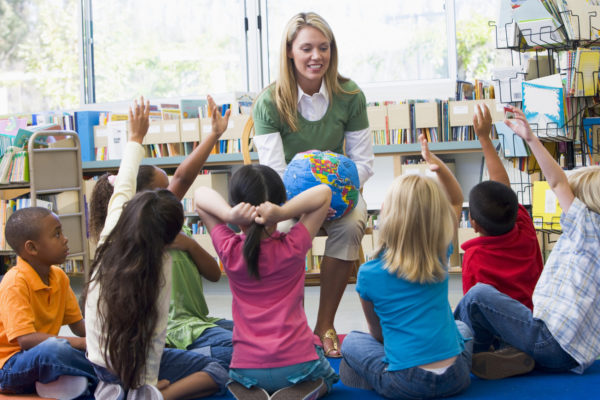Parent’s Guide to Children’s Speech & Sound Development
 *Please note – These norms are based on an English speaking populations
*Please note – These norms are based on an English speaking populations
Children begin to make sounds from the day they are born and continue to develop this until they are around 8 years old. There is a general pattern in terms of which sounds come first, but there is lots of variation between children. This is a quick guide for what to expect, however, if you have any concerns about your child’s speech, consult a Speech and Language Therapist.
Birth – Your newborn will make sounds when they are unhappy or experiencing pain.
0-3 months – Your baby will “coo” and “goo”.
4-6 months – Your baby starts babbling and this starts to sound more like speech. The first speech- like sounds you may hear are p, b, w, m, e.g.: “babababa”. Although these sounds are not fully mastered until your child is older.
7-12 months – Your baby’s babbling changes and may sound more like “pabapabapa”. Your baby’s first words usually appear around this time but may be unclear. E.g. “dada, mama”.
1-2 years – You will begin to hear more sounds including: ‘h’, ‘n’, ‘d’, ‘g’, ‘k’, ‘t’, ‘ng’. Although these may not fully be mastered until your child is 3-3 1/2 years old.
2-3 years – Your child vocabulary continues to increase. New sounds include ‘y’, ‘zh’, ‘f.
3-4 Years – Your child’s speech is usually much clearer but they will still have difficulty with ‘ch’ and ‘r’. To compensate for this, your child may simplify sounds e.g. saying wing instead of ring. This is a normal process all children go through when learning to speak.
4-5 years – Your child’s speech is very clear and fluent. ‘I’, ‘s’, ‘h’, ‘ch’, ‘j’, ‘s’, ‘z’ and ‘r’ are usually acquired between this time. Your child may still have difficulty with ‘v’ and ‘th’. ‘Th’ may not be mastered until you child is 8-8 ½ years old.
Adapted from: Bowen, C. (1998). Ages and stages summary – language development 0-5 years. Retrieved from www.speech-language-therapy.com on 26/09/2013
Written by Annabel Whitcombe – Speech-Language Therapist



